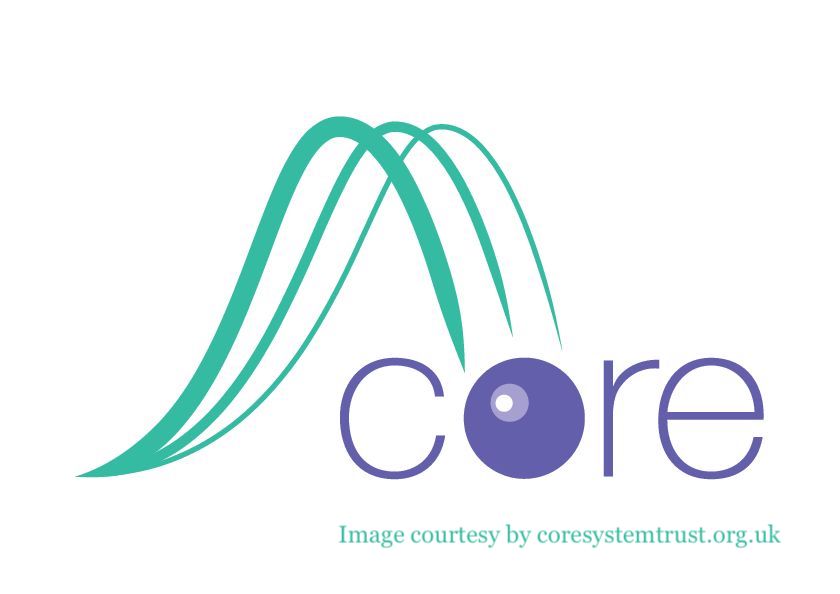Italian validation of the Clinical Outcomes in Routine Evaluation-10 (CORE-10): a short measure for routine outcome monitoring in clinical practice

Submitted: November 11, 2022
Accepted: March 12, 2023
Published: April 4, 2023
Accepted: March 12, 2023
Abstract Views: 1766
PDF: 475
Supplementary Material: 79
HTML: 27
Supplementary Material: 79
HTML: 27
Publisher's note
All claims expressed in this article are solely those of the authors and do not necessarily represent those of their affiliated organizations, or those of the publisher, the editors and the reviewers. Any product that may be evaluated in this article or claim that may be made by its manufacturer is not guaranteed or endorsed by the publisher.
All claims expressed in this article are solely those of the authors and do not necessarily represent those of their affiliated organizations, or those of the publisher, the editors and the reviewers. Any product that may be evaluated in this article or claim that may be made by its manufacturer is not guaranteed or endorsed by the publisher.
Similar Articles
- Andrzej Werbart, Siri Aldèn, Anders Diedrichs, Changes in the anaclitic-introjective personality configurations following psychoanalytic psychotherapy with young adults , Research in Psychotherapy: Psychopathology, Process and Outcome: Vol. 20 No. 1 (2017)
- Christopher B. Harte, Raymond C. Hawkins II, Impact of personality disorder comorbidity on cognitive-behavioral therapy outcome for mood and anxiety disorders: results from a university training clinic , Research in Psychotherapy: Psychopathology, Process and Outcome: Vol. 19 No. 2 (2016)
- Paola Manfredi, Claudia Taglietti, A psychodynamic contribution to the understanding of anger - The importance of diagnosis before treatment , Research in Psychotherapy: Psychopathology, Process and Outcome: Vol. 25 No. 2 (2022)
- Cecilia Serena Pace, Ester D'Onofrio, Viviana Guerriero, Giulio Cesare Zavattini, A proposal for a brief-term post-adoption intervention in the attachment-perspective: a single case study with a late-adopted child and his adoptive mother , Research in Psychotherapy: Psychopathology, Process and Outcome: Vol. 19 No. 1 (2016): Special issue on Qualitative and Quantitative Research in Child and Adolescent Psychotherapy: part 2
- Nicola Carone, Ilaria Maria Antonietta Benzi, Laura Muzi, Laura Antonia Lucia Parolin, Andrea Fontana, Problematic internet use in emerging adulthood to escape from maternal helicopter parenting: defensive functioning as a mediating mechanism , Research in Psychotherapy: Psychopathology, Process and Outcome: Vol. 26 No. 3 (2023)
- Helena Carvalho, Gil Nata, Paula Mena Matos, How secure is the secure base? Romantic attachment, emotion regulation, and psychotherapists’ role as secure base figures , Research in Psychotherapy: Psychopathology, Process and Outcome: Vol. 27 No. 1 (2024)
- Lidia Borghi, Federica Bonazza, Giulia Lamiani, Alessandro Musetti, Tommaso Manari, Maria Filosa, Maria C. Quattropani, Vittorio Lenzo, Maria Francesca Freda, Daniela Lemmo, Emanuela Saita, Roberto Cattivelli, Gianluca Castelnuovo, Elena Vegni, Christian Franceschini, Dreaming during lockdown: a quali-quantitative analysis of the Italian population dreams during the first COVID-19 pandemic wave , Research in Psychotherapy: Psychopathology, Process and Outcome: Vol. 24 No. 2 (2021): SPECIAL ISSUE "Working on dreams, from psychotherapy to neuroscience"
- CV Vijayapriya, Rameshbabu Tamarana, Effectiveness of dialectical behavior therapy as a transdiagnostic treatment for improving cognitive functions: a systematic review , Research in Psychotherapy: Psychopathology, Process and Outcome: Vol. 26 No. 2 (2023)
- Pedro Rodrigues Ribeiro, David Dias Neto, The real relationship: the Portuguese version of the Real Relationship Inventory-Client form , Research in Psychotherapy: Psychopathology, Process and Outcome: Vol. 26 No. 2 (2023)
- Kim de Jong, Johanna Wilkens, Timothy Anderson, Kane Steggles, Facilitative interpersonal skills in benign versus challenging therapy situations in trainee therapists: a pilot study , Research in Psychotherapy: Psychopathology, Process and Outcome: Vol. 27 No. 2 (2024)
<< < 1 2 3 4 5 6 7 8 9 10 > >>
You may also start an advanced similarity search for this article.

 https://doi.org/10.4081/ripppo.2023.671
https://doi.org/10.4081/ripppo.2023.671





